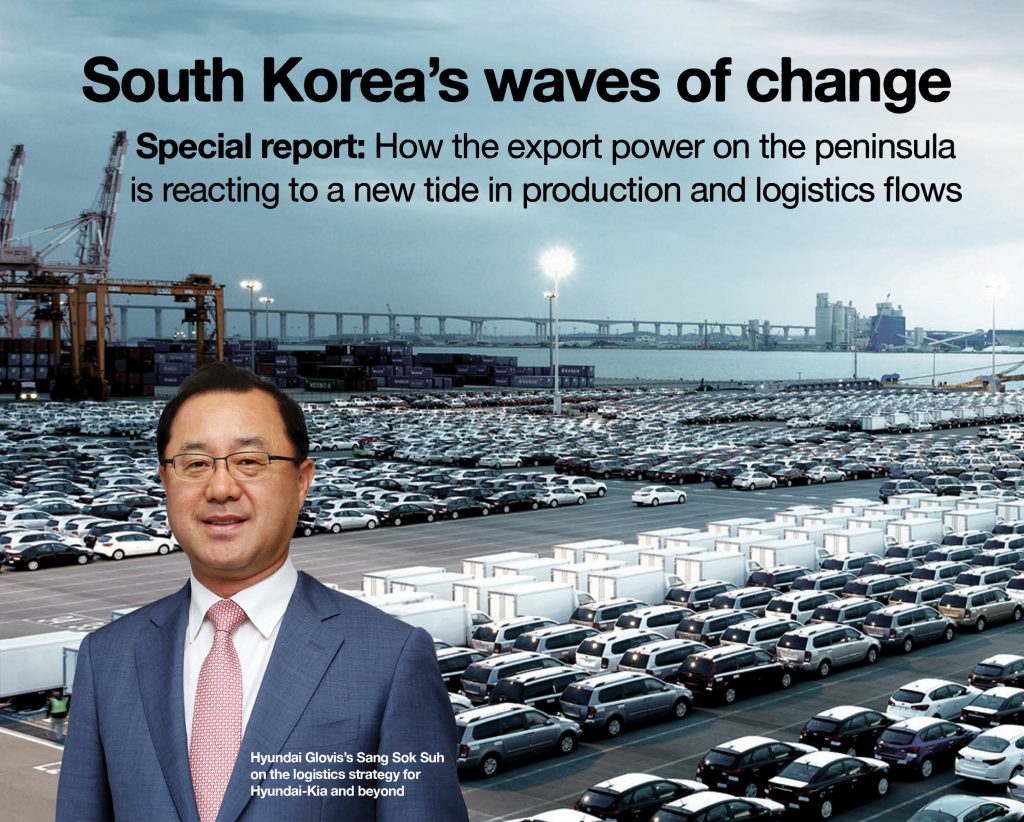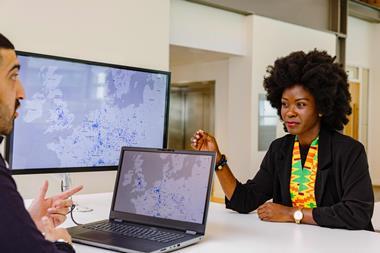 As the world’s third largest exporter of vehicles, South Korea – and especially Hyundai Motor Group – makes a big splash when it comes to vehicle shipping and logistics. But as the industry changes, with growing regional production, fewer exports of some vehicles, and more competition at home, the supply chain has to evolve with it and companies may have to become more open to sharing and collaboration.
As the world’s third largest exporter of vehicles, South Korea – and especially Hyundai Motor Group – makes a big splash when it comes to vehicle shipping and logistics. But as the industry changes, with growing regional production, fewer exports of some vehicles, and more competition at home, the supply chain has to evolve with it and companies may have to become more open to sharing and collaboration.
In this multi-part feature, Christopher Ludwig reports from Seoul and Pyeongtaek on the next phase for OEMs and logistics providers in South Korea and beyond
Part one: Introduction: Economic and automotive miraclesA relentless and often turbulent wind of change has blown through South Korea in recent decades, turning it from a low-cost industrial centre into a global technology and export powerhouse
Part two: Market analysis: local threats and changing tidesAn increase in regional manufacturing is changing South Korea’s export production while premium imports become more popular within its borders
Part three: Adding logistics value beyond volume Some aspects of South Korea’s supply chain may come under pressure as logistics requires more value than just shipping constant high volumes
Part four: Hyundai Glovis and group dynamics (published July 15th)A mix of carrier, 3PL, 4PL integrator and central logistics purchaser, Hyundai Glovis’s strength and expansion rely on third parties as well as Hyundai-Kia
Part five: Keeping up with Pyeongtaek-Dangjin (published July 15th)Still expanding during a period of relative stability or even decline in exports, Pyeongtaek-Dangjin port is also searching for terminal efficiencies
Inbound logistics focus: Breaking supply chain taboosProduction growth out of the Korean peninsula is slowing, but its role in the global supply chain looks set to become more important as Hyundai-Kia and tier suppliers increase global production





































